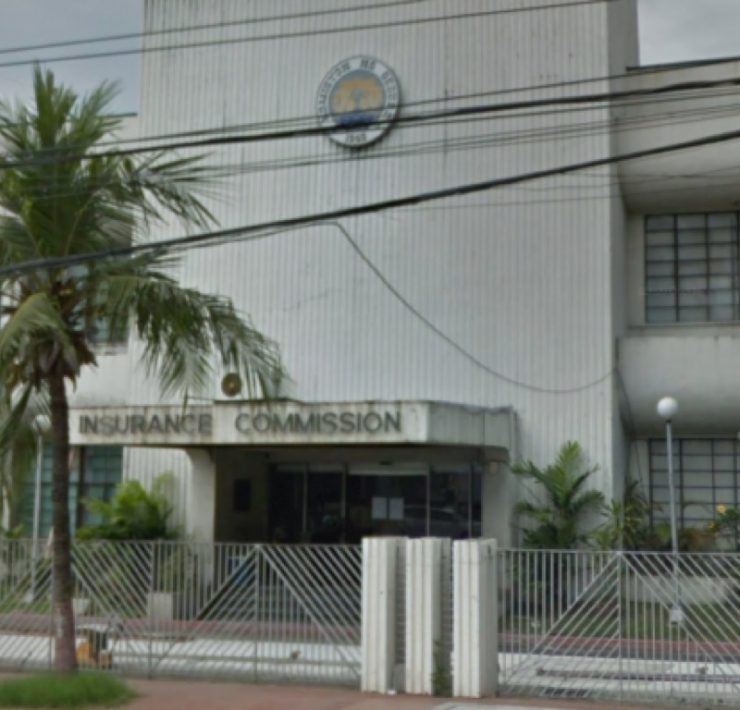Peso tumbles to historic low

The Philippine peso reached a new weakest level on Tuesday, closing at 59.13 against the US dollar, which the Bangko Sentral ng Pilipinas (BSP) said may have been partly due to the controversy over infrastructure-related corruption.
The central bank said the financial markets have been concerned about the possibility that Philippine economic growth would lessen as a result of the controversy.
Aside from that, the local currency may have been depreciating because of expectations that the BSP will further reduce its benchmark interest rate.
According to Michael Ricafort, chief economist at the Rizal Commercial Banking Corp., the peso has depreciated by 2.3 percent against the American currency since the start of this year.
Ricafort said this puts the peso in a group with the Indonesian rupiah and Indian rupee. So far this year, these two currencies have weakened against the US dollar by 2.9 percent and 3 percent, respectively.
The previous weakest exchange rate for the peso and US dollar was at 59:$1, which was recorded on Dec. 19, 2024.
On Tuesday’s intra-day trading, the peso slid to as low as 59.20 against the greenback.
Ricafort said that better local governance standards, including anticorruption measures on government spending on infrastructure—as well as other fiscal reform measures—could help improve the currency exchange rate in favor of the peso.
Déjà vu?
This has been seen “in a similar precedent 10 to 15 years ago when the policy priority was anti-corruption reforms and further improving governance standards,” the economist said. He was referring to a period when Benigno Aquino III was president.
Ricafort said factors that might offset the recent depreciation of peso include the upcoming seasonal increase of remittance inflows from overseas Filipinos, as well as the initial public offering of Maynilad Water Services Inc.
Maynilad’s stock market debut has gained commitments from the International Finance Corp. and the Asian Development Bank. They are expected to invest a combined $245 million in Maynilad.
Moving forward, the BSP’s spot market interventions and efforts to smooth the volatility are seen to affect the local currency.
Still, the central bank maintained that it leaves market forces to determine the exchange rate.
“We continue to maintain robust reserves,” the BSP said in a statement. “When we do participate in the market, it is largely to dampen inflationary swings in the exchange rate over time rather than to prevent day-to-day volatility.”





















